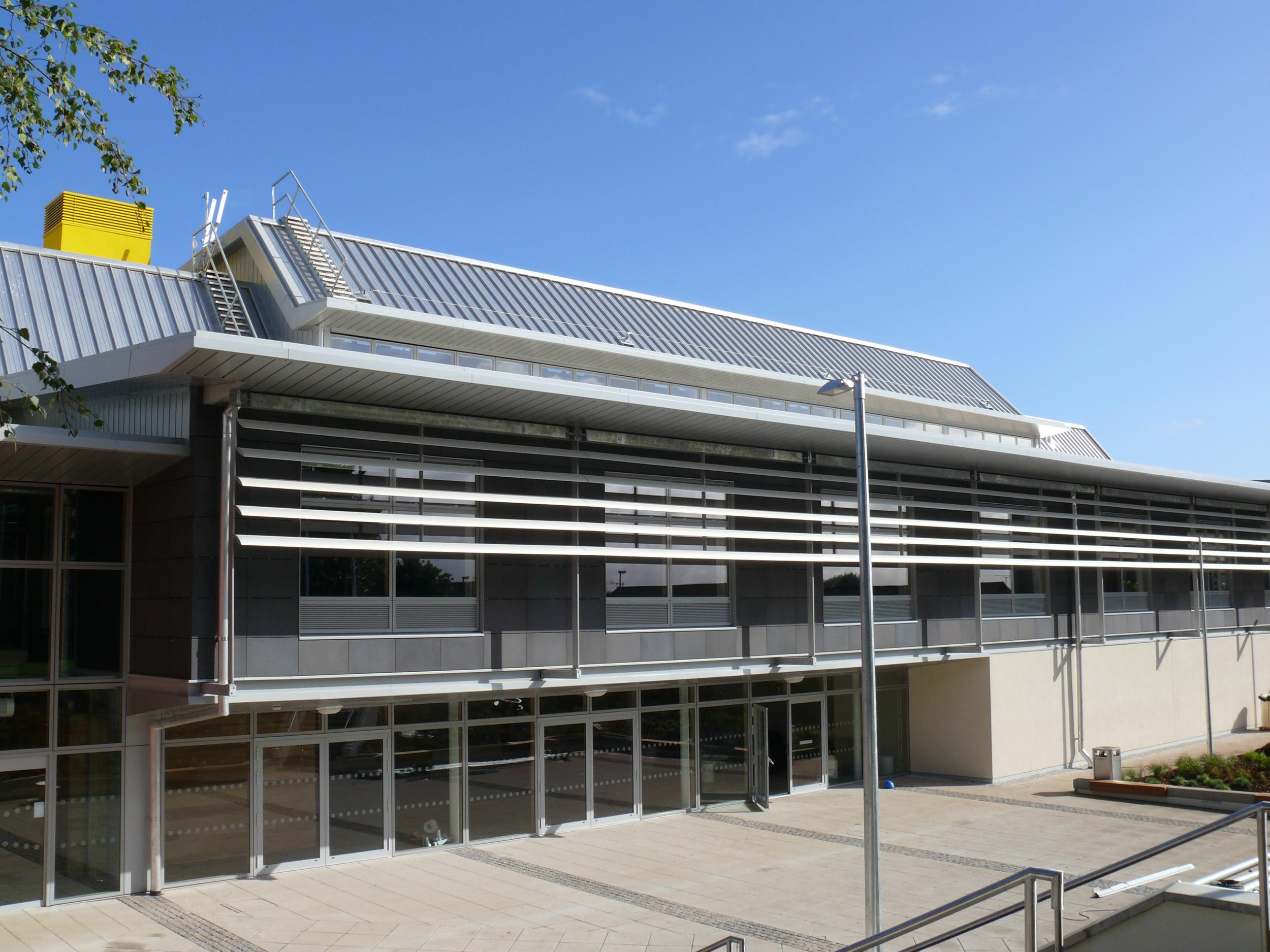Going green: how universities are tackling sustainability
Russ Thorne finds out what some HE institutions are doing to make their campuses more eco-friendly

Your support helps us to tell the story
From reproductive rights to climate change to Big Tech, The Independent is on the ground when the story is developing. Whether it's investigating the financials of Elon Musk's pro-Trump PAC or producing our latest documentary, 'The A Word', which shines a light on the American women fighting for reproductive rights, we know how important it is to parse out the facts from the messaging.
At such a critical moment in US history, we need reporters on the ground. Your donation allows us to keep sending journalists to speak to both sides of the story.
The Independent is trusted by Americans across the entire political spectrum. And unlike many other quality news outlets, we choose not to lock Americans out of our reporting and analysis with paywalls. We believe quality journalism should be available to everyone, paid for by those who can afford it.
Your support makes all the difference.Whipping a campus into sustainable shape involves anything from a new build to careful maintenance of existing buildings. For example, UWE Bristol's approach encompasses upgrading lighting systems and installing charging points for electric cars, as well as a newly developed facility for the Faculty of Environment and Technology.
There's an environmental impetus, naturally, but also a social one, says Fabia Jeddere-Fisher, an Energy Engineer at the university. “We feel that it's our responsibility that students leave us as informed and responsible citizens.”
Students can see the university's sustainable practices in action: the new facility has exposed areas showcasing its straw bale cladding panels, while its tiles are made up of 93% recycled content. “The architecture fits with our wider ethos of embedding sustainability into the content of all courses, to raise awareness of sustainability in the next generation,” says Carl Lapworth, UWE's Masterplan director.
At the other end of the country, Glasgow Caledonian University (GCU) uses smart 'dynamic demand' technology in its Saltire Centre. The system automatically regulates energy use by the building's air handling systems, technology which the university suggests will help nudge us towards a carbon-free future. “It enables us to play an active role in decarbonising the UK’s energy system by providing the flexibility in demand which is essential to support greater use of renewables,” says Kenny Allen, GCU's Estates Manager.
Meanwhile, Bournemouth University placed sustainability at the heart of campus life with a new student centre, which features ground source heating, solar power and low energy lighting. Students were actively involved in the new build, says Steve Cox, Head of Estates Development at BU. “We held student engagement workshops, got students involved in the selection of furniture and the interior designers worked with students to develop graphics and wayfinding proposals.”
According to Cox, the finished centre benefits the university in several ways. “It helps tackle our carbon emissions, mitigating the anticipated impacts from climate change and managing the expected increase in the cost of energy, while ensuring we improve the quality of the campus environment for our staff and students.”
Developing these eco-conscious environments even gives universities an opportunity to monitor the long term effects of living and working within sustainable buildings, suggests Dr Boris Ceranic, Programme Leader for BSc / MSc Architectural Programmes at the University of Derby. “We should research potential issues of human health in these highly insulated, air tight, non-breathable buildings,” he says. “After all, the most important thing in any building design is the people inside.”
With so many advancements happening across UK campuses HE institutions can blaze a trail, Ceranic concludes. “Universities, rather than industry or government bodies, are better placed to lead the way in understanding and advancing sustainable design.”
Join our commenting forum
Join thought-provoking conversations, follow other Independent readers and see their replies
Comments